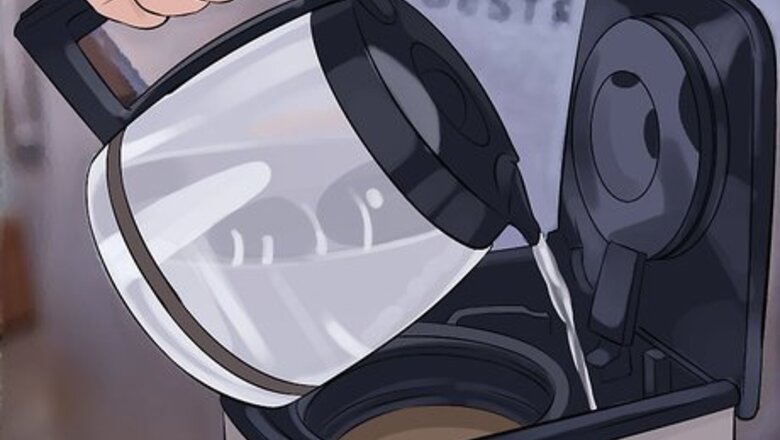
views
Using a Drip Coffee Machine

Fill the tank with water. The tank or reservoir holds the water, and should not be filled above the “max fill” line. It’s best to use cold, purified water to prevent limescale and mineral buildup.
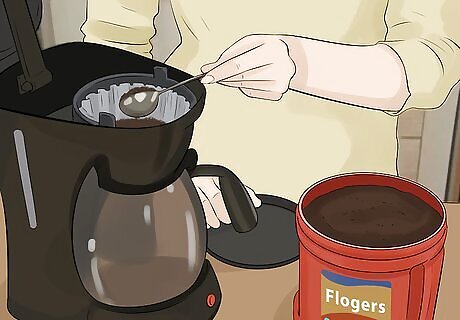
Put coffee grounds in the filter basket. Remove the filter basket from the machine and put a new coffee filter in it. Add 1 tablespoon (15 ml) to 2 tablespoons (30 ml) of freshly ground coffee to the filter for every 6 ounces of water. Gently shake the basket from side to side to distribute the grounds.
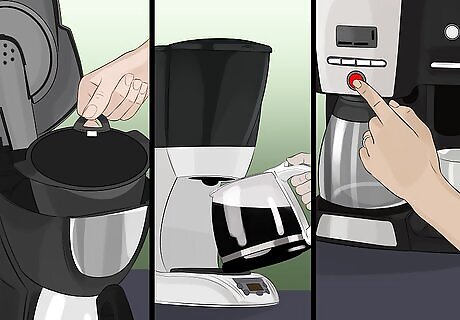
Replace the filter basket and carafe and turn on the machine. Put the filter basket back in its designated place. Put the clean carafe underneath the filter in its designated spot on the warming plate. Press the switch to turn on the machine, then wait about 5 minutes for the coffee to brew. Don’t forget to turn on the warmer too, if the machine has one.
Making Espresso
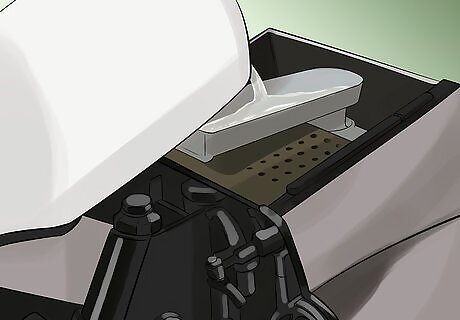
Fill the reservoir with water. Alternatively, you can hook up the machine to a water line. Either way, be sure to use cold, filtered water that isn’t too hard or soft. Otherwise, minerals will build up in the machine and alter the taste of the espresso. The reservoir is generally a tank on the side or back of the machine.
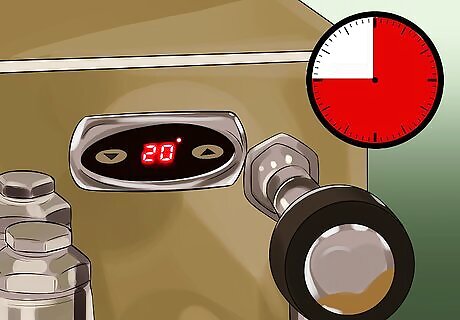
Allow the machine to heat up. If this is the first coffee of the day, plug in the machine and turn it on. It can take anywhere from 15 to 45 minutes for the machine to warm up properly, depending on its size. Wait until the entire machine feels warm and the readout is at or above brewing temperature. This gives the water in the boiler time to heat up and build pressure, which is needed to force hot water through the coffee grounds.
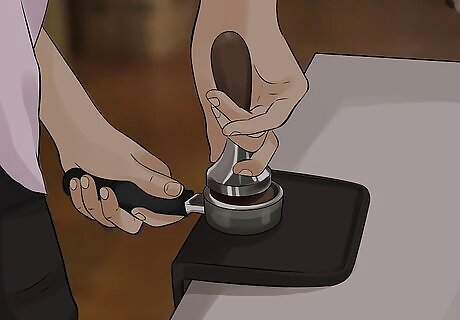
Grind the coffee beans. While you’re waiting for the machine to warm up, you can grind the beans. It’s recommended that you use a burr grinder rather than a blade grinder to ensure that all the coffee is ground to a uniform size. Avoid buying pre-ground coffee, which goes stale quickly. Instead, grind fresh beans for each espresso.
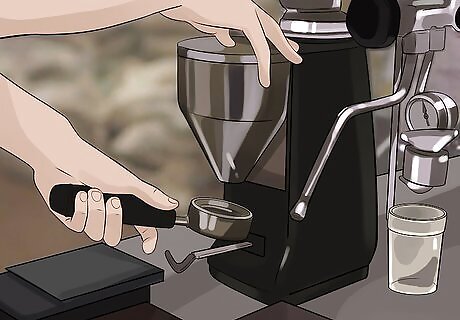
Add 18 to 21 g of grounds to the portafilter and tamp the grounds down. Rotate the portafilter as it fills from the grinder chute to ensure the basket fills evenly. Use your clean forefinger to level the grounds in the portafilter once it’s filled. Use a tamper, which is a flat metal disk with a rubber handle, to compact the coffee grounds into the portafilter. Apply about 30 pounds (14 kg) of pressure. You can practice this by pressing on your bathroom scale until it reaches 30 pounds (14 kg) to get a feel for how much pressure to apply. Portafilters are small metal dishes with long handles that can be attached to the grouphead. The filter screen in the portafilter is called the basket.
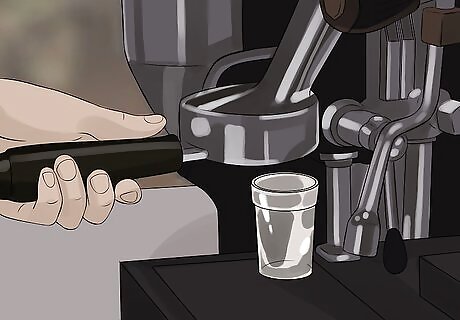
Lock the portafilter into the grouphead and press the button to brew. Some machines may have a “pre-infusion” stage which needs to be completed first. Otherwise, simply press the appropriate button and let the pressure force hot water through the coffee grounds until your cup is filled with espresso. The grouphead is made up of gravity-fed nozzles connected to a pipe that runs through the boiler. It’s located underneath the top section of the machine.
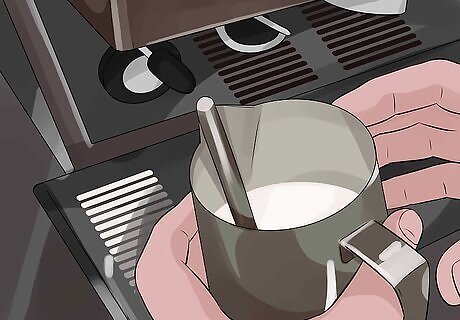
Steam milk, if desired. Fill a pitcher with the desired amount of milk. Turn the steamer on, then hold the steam tip just under the surface of the milk for a few seconds. Plunge the steam wand entirely into the pitcher, and once the temperature reaches 140 °F (60 °C), the milk is ready. Pour it into the espresso, and voila! The steamer wand is a small metal pipe, usually located at the end of 1 side of the machine.

















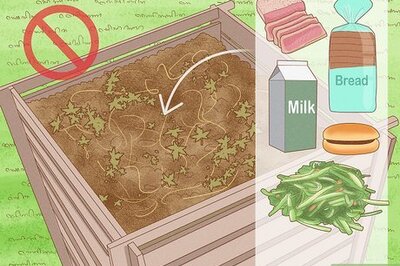

Comments
0 comment